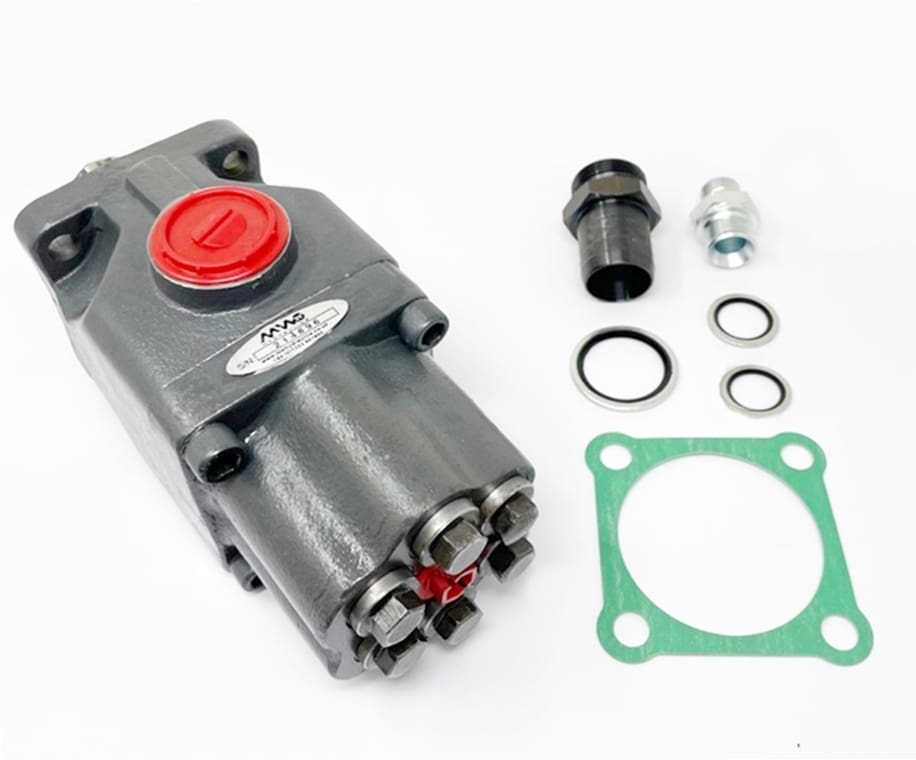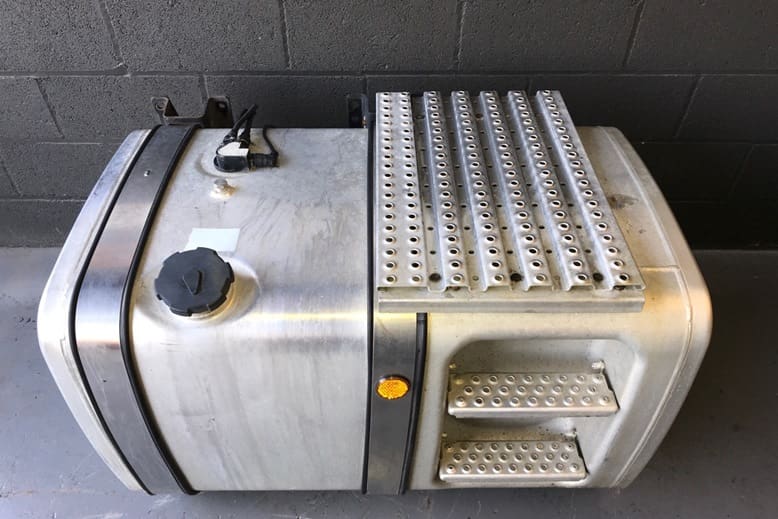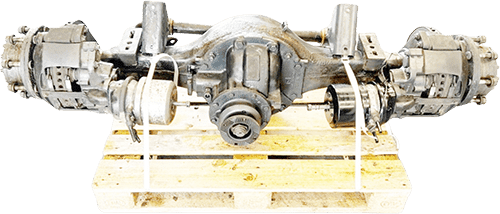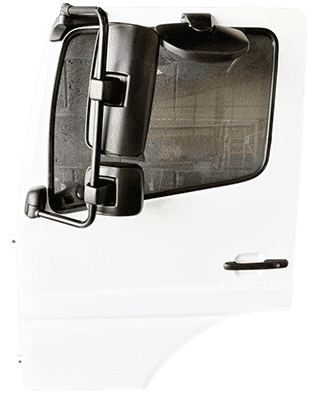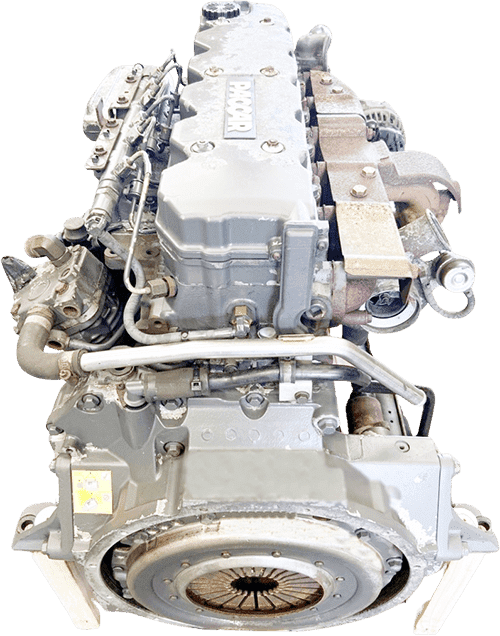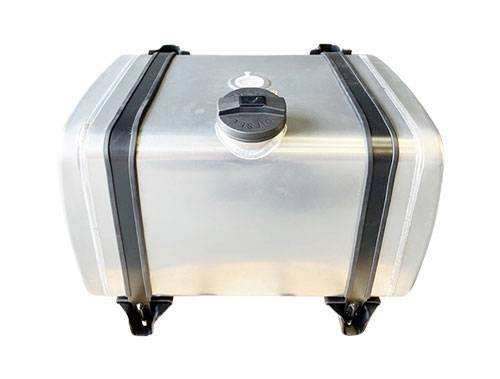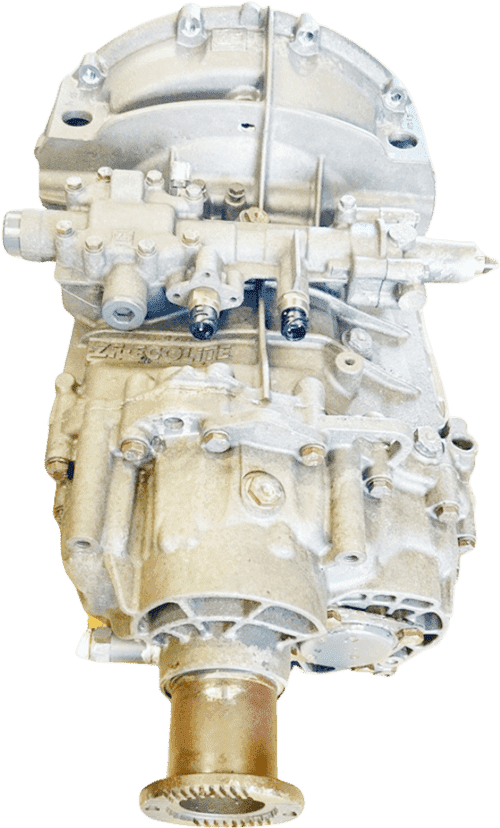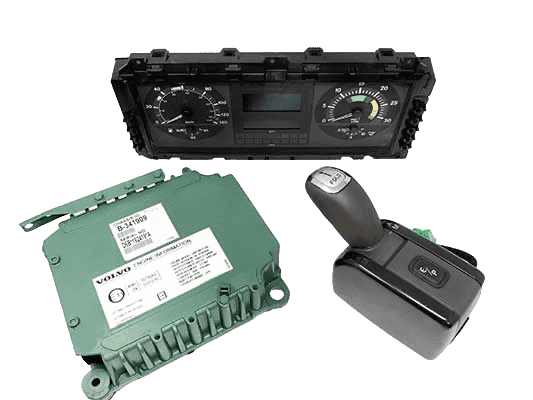Tandem pumps stack two gear pumps on a single shaft, running them off one PTO connection. Piston pumps use reciprocating pistons in a swashplate design, delivering fixed or variable displacement through precise mechanical control.
Both serve truck hydraulics, but their applications couldn’t be more different.
How tandem pumps work
Tandem configurations bolt two independent gear pumps together, sharing a standard drive shaft. The first pump might deliver 82 litres at 1000 RPM, whilst the second provides 51 litres — giving you two separate hydraulic circuits from one PTO mounting point.
Each pump maintains its own inlet and outlet ports. Run them together for maximum flow, or independently for different functions. A tipper might use the larger pump for lifting, whilst the smaller one powers auxiliary equipment like tail lifts or cranes.
Gear pumps inside tandem units work through meshing teeth that trap oil and push it through the system. Simple, reliable, and tolerant of contamination — perfect for construction sites and quarries where conditions get rough.
Related: Twin-gear PTOs for trucks and working vehicles – a guide
Piston pump technology
Piston pumps operate on entirely different principles. Multiple pistons (typically 6-9) ride against an angled swashplate, creating displacement as they reciprocate. Change the swashplate angle and you vary the flow — something gear pumps can’t do.
This variable displacement makes piston pumps ideal for applications needing precise control. Walking floors demand exact flow rates to maintain synchronisation.
Crane operations need smooth, proportional movements. Piston pumps deliver both without complex valve arrangements.
Piston pumps handle severe pressure — 350 bar working loads that would destroy gear pumps. Tandem gear units tap out at 210 bar before internal leakage becomes unmanageable.
That extra pressure capacity means faster rams, stronger lifting force, and quicker cycle times on demanding jobs.
Related: What is a twin flow-axis pump?
Performance characteristics
Tandem pumps excel at providing multiple flows from a single PTO. Running two circuits saves space, reduces complexity, and cuts installation time. The 190-210 bar working pressure handles most tipper and general hydraulic applications perfectly.
Efficiency drops at higher pressures, though. Gear pumps leak internally as pressure rises — the nature of the design. At 200 bar, you’re losing 10-15% of your flow to internal leakage. Fine for tipping, wasteful for continuous operations.
Piston pumps maintain efficiency across their entire pressure range. At 300 bar, they’re still pushing 95% volumetric efficiency. The bent-axis designs standard in truck applications handle 1500 RPM continuously without overheating.
Application guidelines
Choose tandem pumps when you need two separate hydraulic functions at moderate pressures. Skip loaders running front buckets and rear stabilisers benefit from independent circuits. Tippers with auxiliary cranes get dual functionality without dual PTOs.
Piston pumps suit high-pressure, variable-flow applications. Walking floors, ejector trailers, and heavy crane trucks demand the control and efficiency only pistons provide. The higher initial cost pays back through reduced fuel consumption and faster cycle times.
Weight matters too. Tandem 82L/51L units weigh around 28kg, whilst comparable piston pumps come in at 19 kg for 105L displacement. Less weight means more payload — critical for operators watching every kilogram.
Your hydraulic system dictates the choice. Match pump technology to application demands, not the other way around.
Additional reading: The difference between bent-axis and gear pumps for truck hydraulics







